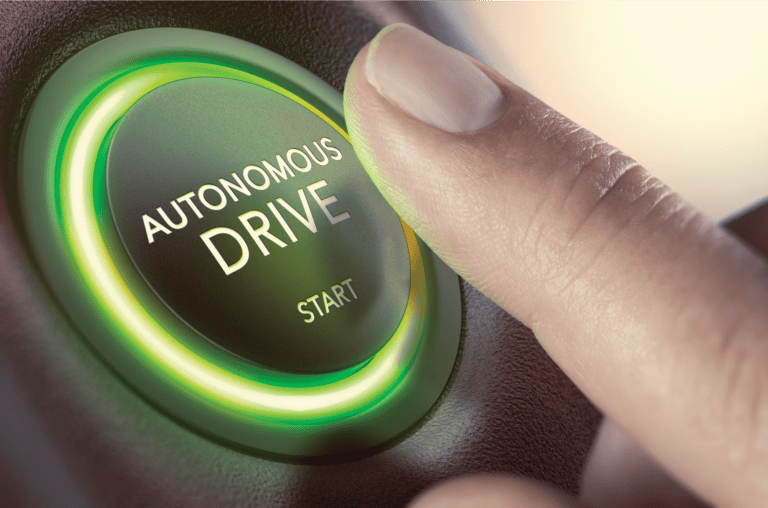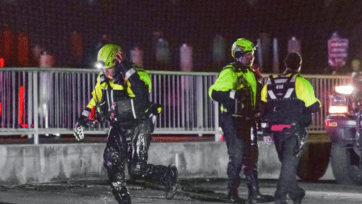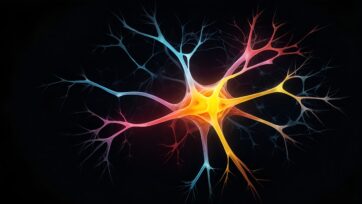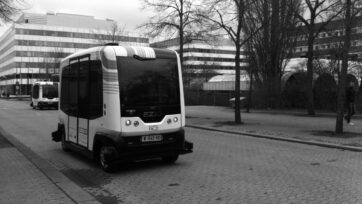Researchers Mohamed Abdel-Aty and Shengxuan Ding at the University of Central Florida have conducted an extensive analysis revealing that autonomous vehicles (AVs) generally demonstrate enhanced safety over human-driven vehicles (HDVs), with notable exceptions. Their study, published in Nature Communications, meticulously examined traffic accident data from California spanning 2016 to 2022, focusing on the performance of 2,100 autonomous vehicles compared to 35,113 human-operated ones.
The findings indicate that AVs are typically safer, exhibiting lower accident rates under similar driving conditions compared to HDVs. However, two specific scenarios where AVs fall short include low light conditions at dawn and dusk, and complex maneuvers such as turning. These situations tend to confuse the sensors of AVs, leading to higher accident rates compared to their human-driven counterparts.
The research underscores the importance of continuing to refine AV technology, especially to address these vulnerabilities. By improving sensor accuracy and the vehicles’ ability to handle low light and complex driving scenarios, engineers can enhance AV safety to outperform human drivers consistently. As autonomous technology evolves, the expectation is not only to match but to exceed the safety standards of traditional vehicles, potentially leading to a significant reduction in road accidents. This research is part of a broader effort to understand the dynamics of autonomous vehicles in real-world conditions, contributing to ongoing developments in smart transportation technology.
References
Mohamed, Abdel-Aty and Ding, Shengxuan 2024, ‘A matched case-control analysis of autonomous vs human-driven vehicle accidents’, nature communications, viewed 21st June 2024, <https://www.nature.com/articles/s41467-024-48526-4>

























